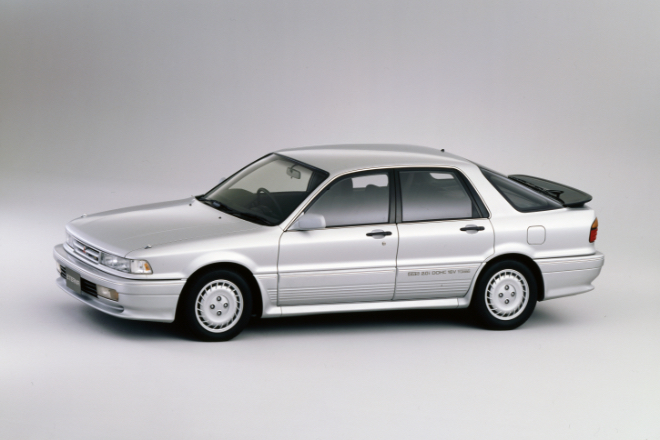Your Desire Experience Awaits: Discover the Best Lease Deals in Glastonbury
Your Desire Experience Awaits: Discover the Best Lease Deals in Glastonbury
Blog Article
The Ins and Outs of Vehicle Leasing: A Comprehensive Overview on Just How It Works
Browsing the realm of cars and truck leasing can be a complex endeavor, needing a firm grip of the details included. From recognizing lease terms to calculating payments and exploring end-of-lease choices, there are many aspects to take into consideration when contemplating this monetary commitment. As consumers significantly opt for renting over typical automobile ownership, it becomes imperative to decipher the subtleties of this procedure to make informed decisions. In this thorough guide, we will certainly explore the core parts of automobile leasing, clarifying the systems that drive this popular automobile purchase technique.
Advantages of Auto Leasing
One significant advantage is the lower month-to-month repayments associated with leasing compared to acquiring a car. Leasing allows individuals to drive a more recent automobile with lower upfront prices and reduced regular monthly repayments because they are only funding the vehicle's devaluation throughout the lease term, rather than the entire acquisition rate.
Given that leased lorries are typically under the manufacturer's guarantee during the lease term, lessees can prevent the financial burden of major fixings. Leasing may use tax benefits for organization owners who make use of the automobile for business purposes, as lease payments can frequently be subtracted as a business expense.
Recognizing Lease Terms
Considering the economic benefits of automobile leasing, it is crucial to comprehend the details of lease terms to make educated decisions concerning this vehicle financing option. Lease terms describe the particular conditions outlined in the leasing arrangement in between the lessee (the person leasing the auto) and the owner (the renting firm) These terms typically consist of the lease period, month-to-month settlement amount, mileage limits, damage guidelines, and any potential fees or fines.

Determining Lease Payments
Checking out the process of calculating lease repayments clarifies vital monetary considerations for individuals engaging in vehicle leasing contracts. Lease settlements are typically established by taking into consideration variables such as the vehicle's devaluation, the agreed-upon lease term, the money element (rates of interest), and any kind of added charges. To calculate lease repayments, one can utilize the complying with formula: Monthly Lease Repayment = (Depreciation + Financing Charge) ÷ Number of Months in the Lease Term. The devaluation amount is computed by identifying the distinction between the car's preliminary value and its residual value (its expected well worth at the end of the lease) The finance cost, which is similar to the rates of interest on a car loan, is calculated based on the cash element supplied by the leasing firm. It's essential for lessees to understand how these aspects intertwine to identify their month-to-month lease settlements precisely. By comprehending the estimation procedure, individuals can make informed choices when becoming part of auto leasing agreements, ensuring they remain within their spending plan and monetary capabilities.
Maintenance and Insurance Factors To Consider
Comprehending the maintenance and insurance coverage demands associated with cars and truck leasing is crucial for lessees to make sure the correct care and defense of the lorry throughout the lease term. Upkeep obligations vary among renting agreements, but lessees are normally expected to maintain the producer's recommended upkeep timetable. Failing to do so could lead to fines at the end of the lease or gap particular service warranties. Lessees should maintain detailed documents of all maintenance and fixings to offer evidence of conformity when needed.
Regarding insurance policy, all leased vehicles have to have thorough and accident protection with obligation limits that fulfill or go beyond the leasing firm's needs. This is to safeguard both the lessee and the leasing business in situation of a mishap or damage to the car. It's essential to thoroughly examine the insurance needs outlined in the lease agreement and make sure that the coverage is preserved throughout the lease term. Failing to maintain ample insurance policy protection can result in major effects, including potential legal concerns and monetary liabilities. By understanding and meeting these maintenance and insurance commitments, lessees can enjoy a smooth leasing experience while protecting the leased car.
End-of-Lease Options and Process
As the end of the lease term methods, lessees exist with various choices and a specified process for selecting or returning the car to pursue a various arrangement. One typical option is to just return the car to the lessor at the end of the lease term. Lessees are commonly accountable for any excess gas mileage view website charges, wear and tear fees, and any type of other exceptional settlements as laid out in the lease arrangement.

An additional choice for lessees is to trade in the rented lorry for a new lease or purchase. This can be a hassle-free option for those who like to constantly drive a new car without the headache of marketing or returning the present rented vehicle.
Inevitably, understanding the end-of-lease choices and procedure is important for lessees to make educated decisions that line up with their demands and preferences. Mitsubishi Mirage lease offers Southington.
Final Thought
Understanding lease terms, determining payments, and considering maintenance and insurance are vital aspects of the leasing process. Additionally, knowing the end-of-lease alternatives and process is vital for a smooth transition at the end of the lease term.
Because leased cars are usually under the maker's guarantee during the lease term, lessees can avoid the monetary problem of significant repair work. Lease terms refer to the particular problems outlined in the leasing contract in between the lessee (the person leasing the automobile) and the lessor (the leasing company)One essential facet of lease terms is the lease period, which is the length of time the lessee agrees to rent the automobile. New Mitsubishi lease specials Windsor. Lease repayments are normally identified by taking into consideration variables such as the lorry's depreciation, the agreed-upon lease term, the cash element (interest rate), and any kind of added costs. To calculate lease repayments, one can use the adhering to formula: Month-to-month Lease Repayment = More Info (Devaluation + Money Cost) ÷ Number of Months in the Lease Term
Report this page